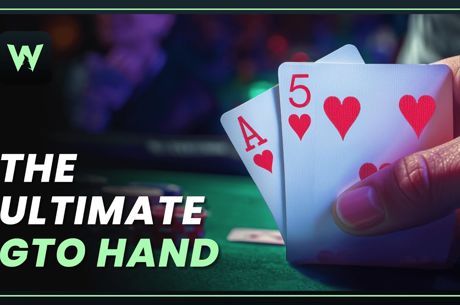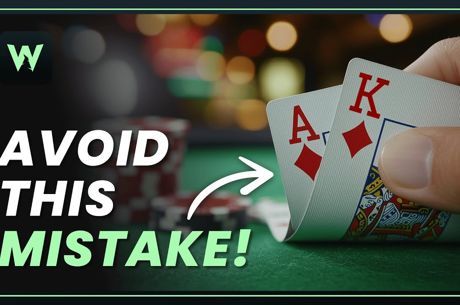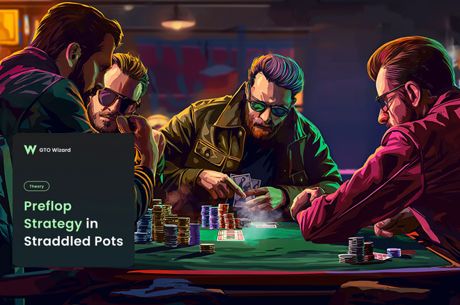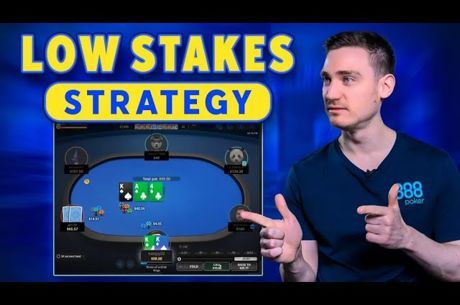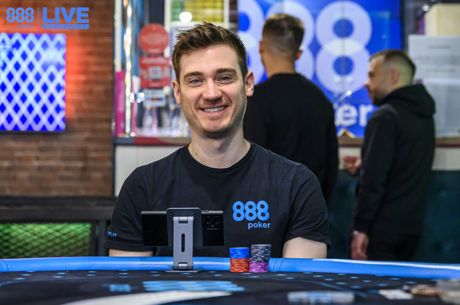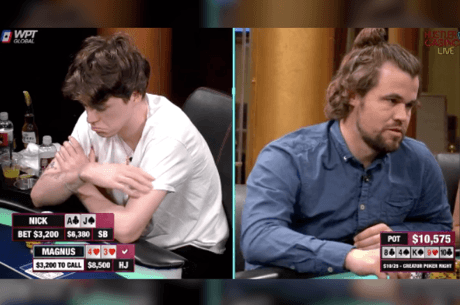GTO Wizard: Understanding Blockers in Poker
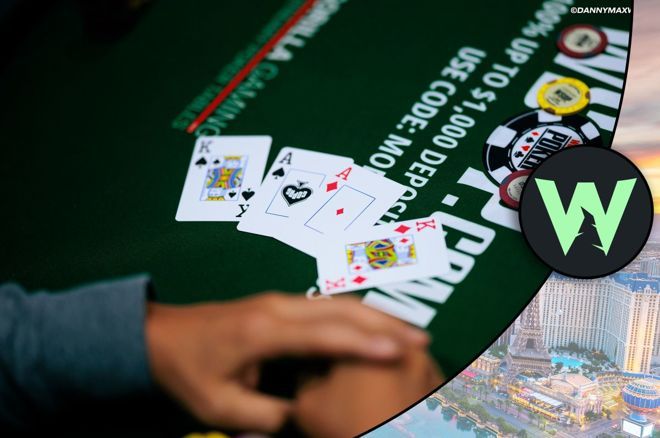
Table Of Contents
Blockers are a fundamental yet often misunderstood concept in poker. They provide a unique lens through which players can analyze their hand’s interaction with their opponents' ranges, making them an essential part of any poker strategy. This GTO Wizard article delves into what blockers are, why they matter, and how to use them effectively in real-world scenarios.
What Are Blockers?
In poker, blockers refer to the card removal effect—the way your hand’s cards reduce the combinations of certain holdings in your opponent’s range. By removing specific combinations, blockers influence how your opponent can construct their range, impacting decisions on whether to bet, call, or fold.
Understanding blockers means reframing them in the context of your goals. Ask yourself: What does my hand want to accomplish? For example, if you’re deciding whether to bluff-catch or fold, consider how your blockers impact your opponent’s potential bluffs and value bets.
Here are some key principles about blockers:
- Exploitative considerations often outweigh card removal effects. While blockers matter, reading your opponent’s tendencies and adjusting your strategy accordingly is critical.
- Blockers are most relevant when ranges are tight. In situations like three-bet or four-bet pots, where players’ ranges are narrower, blockers can make or break your decision-making.
- Unintuitive dynamics? Look back to previous streets. When in doubt, revisit earlier actions to understand how ranges developed.
- Use tools to analyze blockers. Many poker solvers and software offer blockers tabs that simplify this complex concept, especially in tricky spots.
Why Do the Pros Love Ace-Five Suited? GTO Wizard Explains
Analyzing Blockers in Action
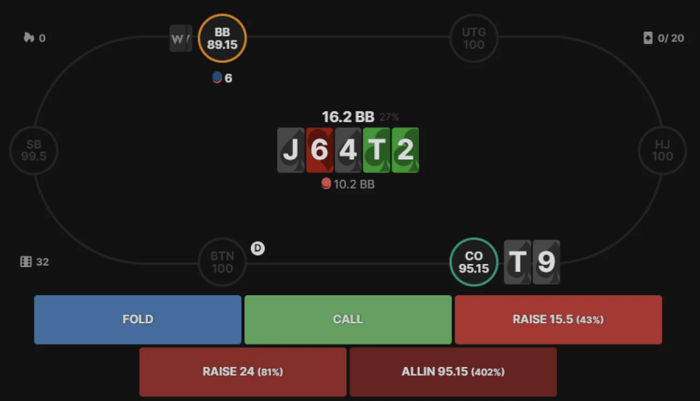
To see blockers in action, let’s analyze a common cash game scenario. Imagine you’re playing a 100bb cash game as the cutoff (CO) against a big blind (BB) opponent.
Hand Example
- Preflop: Hero (CO) opens to 2.3bb with 10♠9♠, and the BB calls.
- Flop: J♠6♥4♠(5.1bb). BB checks, Hero continuation-bets 50% pot and BB calls.
- Turn: J♠6♥4♠-10♣(10.2bb). Action checks through.
- River: J♠6♥4♠-10♣-2♣(10.2bb). BB bets 6bb. Action is on Hero.
The Solver’s Take
According to a GTO solution, 10♠9♠ is a pure fold, while 10♦9♦ and 10♥9♥ are pure calls. Why does the solver prefer some combinations of T9 suited but not others?
The key lies in blocker dynamics.
Are You Playing Ace-King Like a GTO Wizard?
Is 10♠9♠ a Bluff-Catcher?
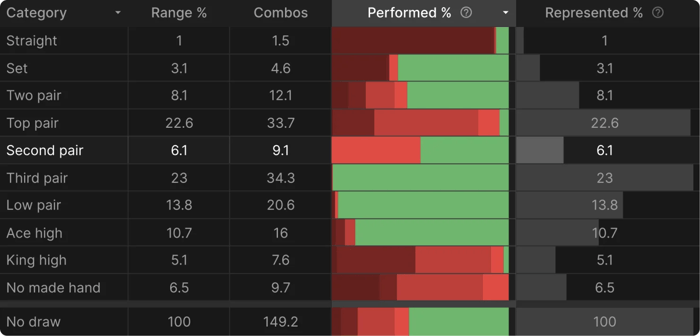
To determine if a hand is a bluff-catcher, it must beat some of the opponent’s bluffs. Using solver tools, such as the breakdown tab on GTO Wizard, you can filter for the villain’s bet size (in this case, 6bb) to analyze their range construction.
Villain’s River Bet Construction:
- The BB never bluffs with anything stronger than ace High.
- The BB never value-bets anything weaker than top Pair.
This means 10♠9♠ is a potential bluff-catcher, as it beats Ace High but loses to Top Pair. However, not all bluff-catchers are created equal. Let’s examine why 10♠9♠ folds while 10♦9♦ calls.
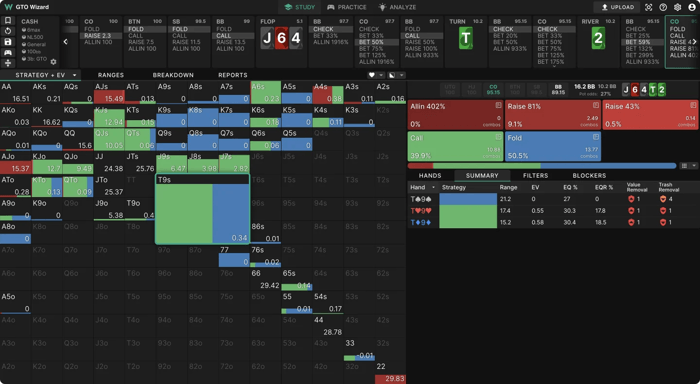
Blocker Effects on Bluff Frequencies
When Hero holds 10♠9♠, the 9♠ blocks BB’s bluffs such as K♠9♠, Q♠9♠, 9♠8♠, and 9♠7♠—all potential river bluffs from bricked flush draws. By holding the 9♠, Hero reduces the frequency of these bluffs in BB’s range.
On the other hand, 10♦9♦ and 10♥9♥ do not block these bluffs. As a result, they perform better as bluff-catchers in this spot.
This principle applies to other hands as well. For example, holding K♠10♠ similarly blocks spade-based bluffs, leading to a fold. The solver’s preference for folding spade-heavy hands stems from their blocker effects on the BB’s bluffing range.
When Do Blockers Matter Most?
Blockers’ significance varies depending on the situation:
- Tight Ranges: In three-bet and four-bet pots, where ranges are narrower, blockers are crucial for refining decisions.
- Polarized Bet Sizes: When opponents use large bets to represent polarized ranges, blockers help identify whether their range skews toward value or bluffs.
- River Decisions: Blocker effects are particularly impactful on the river, where ranges are most defined.
Should You Straddle? According to GTO Wizard, The Short Answer is No


